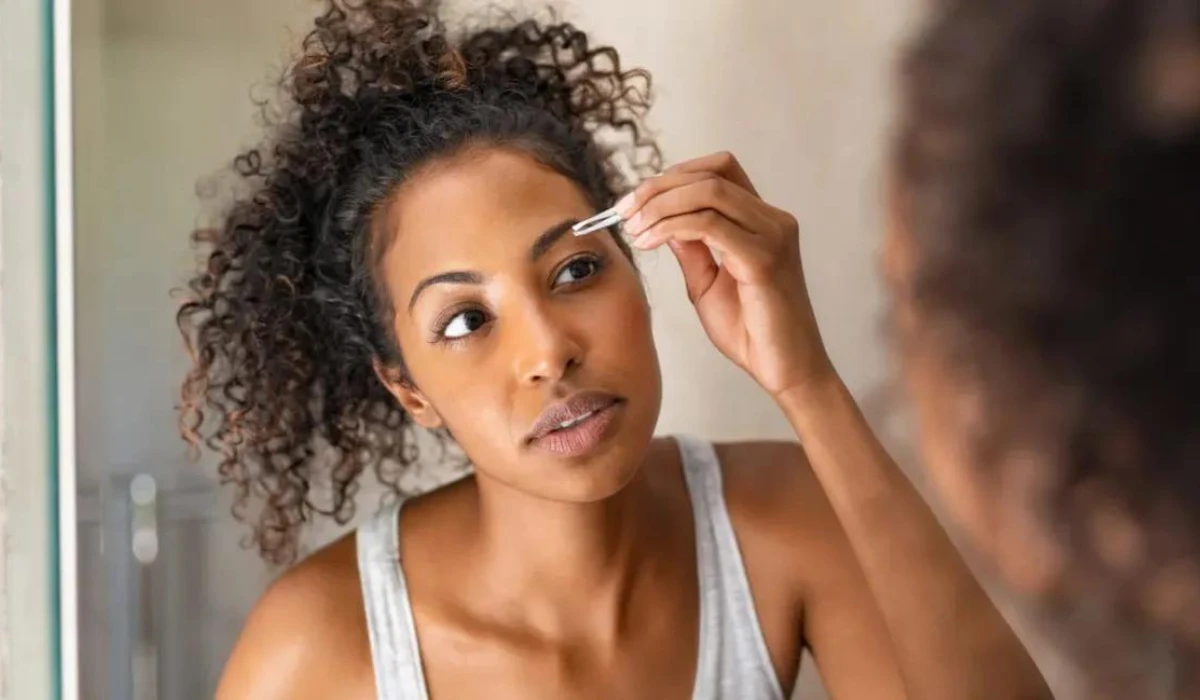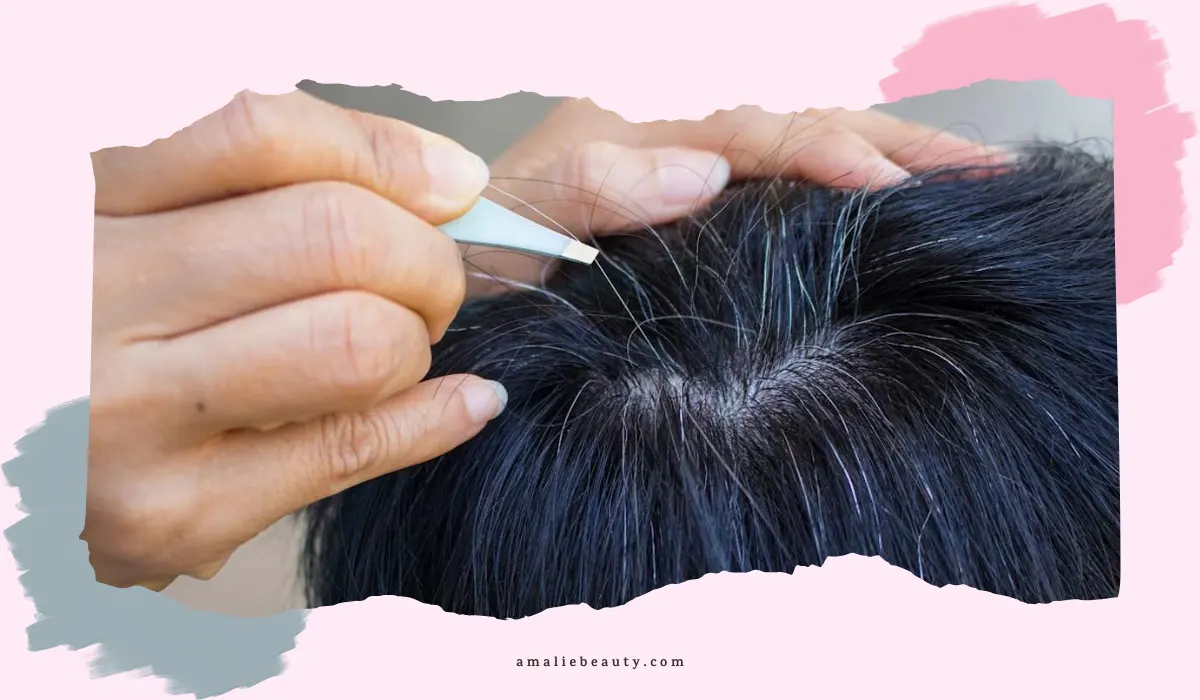You may sometimes go for plucking your hair instead of waxing or shaving the region because you are trying to permanently stop hair growth in the region. Tolerating this pain for a longer duration might only be because of your desire to completely get rid of the unwanted hair in the area, preferably forever.
However, can plucking hair can help you serve the purpose? This article will let you know the true side s of plucking hair and its efficiency in getting your hair removed permanently. It will also discuss a couple of other hair removal techniques and trips that will let you get rid of the hair from smaller areas more effectively.
Plucking hair and stopping hair growth; myth-busting

If you believe that plucking your hair from certain regions can stop your hair growth, and have a plan to endure the pain, it is time to understand that you can prevent hair growth for 5-6 weeks but not more than that. This may also vary from person to person.
However, stopping hair growth permanently with this particular method would be quite impossible in a lot of aspects. Permanently stopping your hair growth in any particular region in the body will only happen if you have successfully damaged and destroyed the hair follicles there. None of the hair removals such as waxing, threading, pulling, shaving, or using any kind of hair removal creams would destroy the hair follicles that lie under the skin layers.
When it comes to pulling, we are destroying and taking out the hair shaft completely but not the hair follicles. However, if you are ready to endure the pain, plucking can help you stay hair-free for the longest duration possible when compared to other hair removal methods such as waxing, shaving, threading, and also hair removal creams.
Hair Plucking; Some Downsides
However, there are also a couple of downsides to this particular method of hair removal. One of the important sides of this particular hair removal method is that the intensity of the pain that you would have to endure would be greater than your expectations. Hence we suggest only venturing out for this method if you strongly believe in the pain tolerance of yourselves. Apart from that, it is also practically impossible to get this done in wider areas such as your arms and legs.
This method can only be practically practiced in relatively smaller areas such as the upper lip, eyebrows, and underarms. This is another disadvantage of this particular method of hair removal. Even if these areas are relatively smaller in the area when compared to the rest of the parts of the body where hair growth can be seen, these are some of the more or more sensitive parts of your body. Hence plucking hair from these regions can be extremely painful and hard. You have to give extreme care and attention while plucking hair from these areas.
You must apply any kind of moisturizing lotion or calming formula after the painful process of hair plucking. Apart from that, it can also be quite destructive for your skin and can also cause issues such as skin sagging and loosening of the skin tissues there. When this happens to your skin in the eyebrow areas, it can even affect the symmetry of your face thus making it even more of a worsened situation. Hence we suggest not sticking to the habit of plucking hair from your skin since this can be destructive and quite negative when it comes to persistent practice.
However, if you have a long month full of programs, celebrations, and festivities, you may get it done so that you do not have to go for saloon waxing or shaving more frequently. Another important downside of plucking hair from your skin is that, if you are doing it from a visible area such as eyebrows, upper lips, and so on, you may notice a discoloration on your skin, most likely to appear as a hyperpigmentation on your skin. Apart from that, you may also notice some burning sensation when it comes to plucking your hair shafts from the skin.
Hair Plucking; Things to be remembered
It is also not advised to get this done all by yourself. Keep in mind that you are plucking hair from the areas that are quite sensitive in your body, hence it is important to have an expert by your side so that you can get the attention and care that it requires. Some people do this for nose hairs. Such practices should be avoided at any cost since excessively stressing the regions of your nose, which are highly sensitive to the pressure applied by a tweezer can lead you to a range of different health conditions such as unbearable and persistent headaches, especially sinus and other issues.
If you are someone prone to headache variants such as migraines and sinuses, make sure you are not getting your hands on these procedures, since they are not meant for you. There are a lot of personal grooming tools and gadgets available in the market out there that can help you trim down the nose hair and facial hair easily that can serve the purpose.
These methods will not cause you unbearable pain as in hair plucking and it is also relatively safer to a larger extent so that you can easily rely on it without any stress of damaging your body. Such practices are also less time-consuming when it comes to processes like waxing and hair plucking.
Bottom Line
That is all you need to know about hair plucking and how it is different from other hair removal methods such as waxing, Shaving, hair removal creams, trimming, and so on. The key is if you would like to have permanent hair removal from certain parts of your body or in your entire body, the only effective way you can get it done is through several sittings in a laser hair removal, where the hair follicle is destroying preventing any possible chances of hair regrowth in the area.

